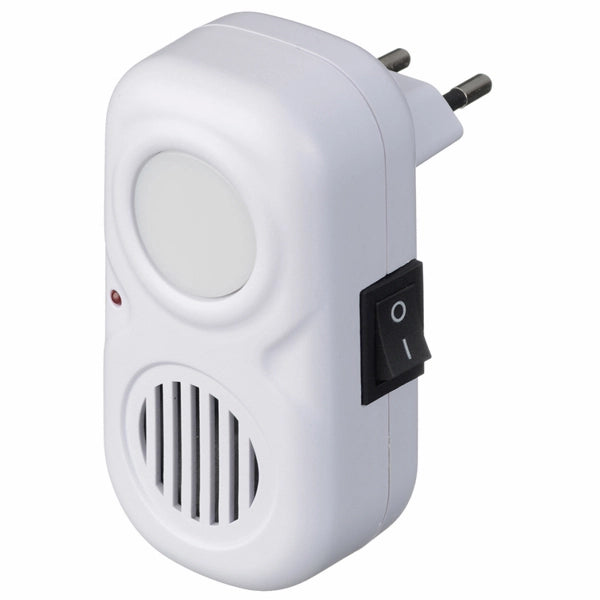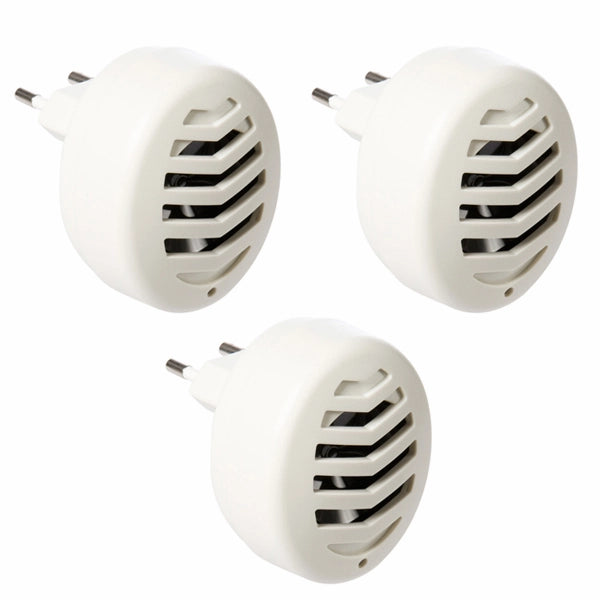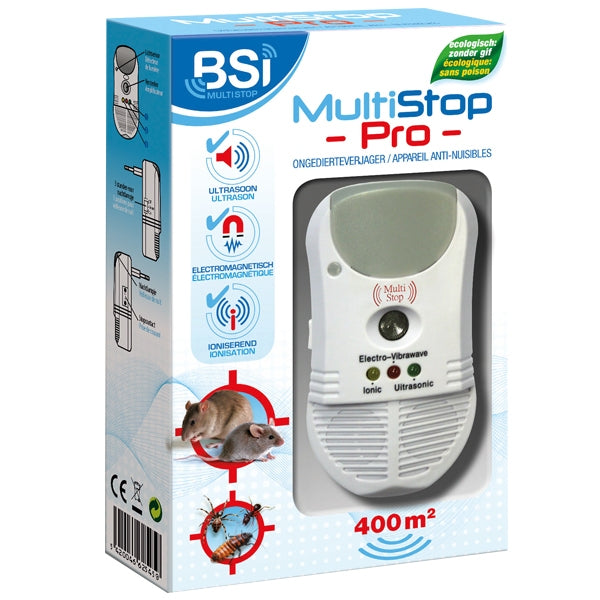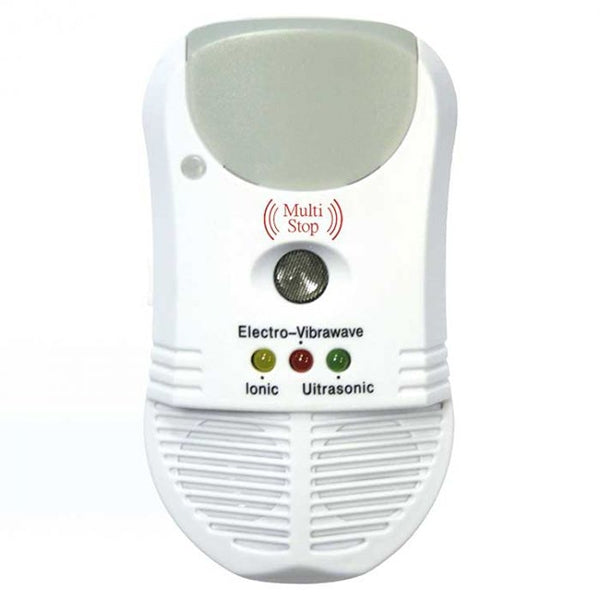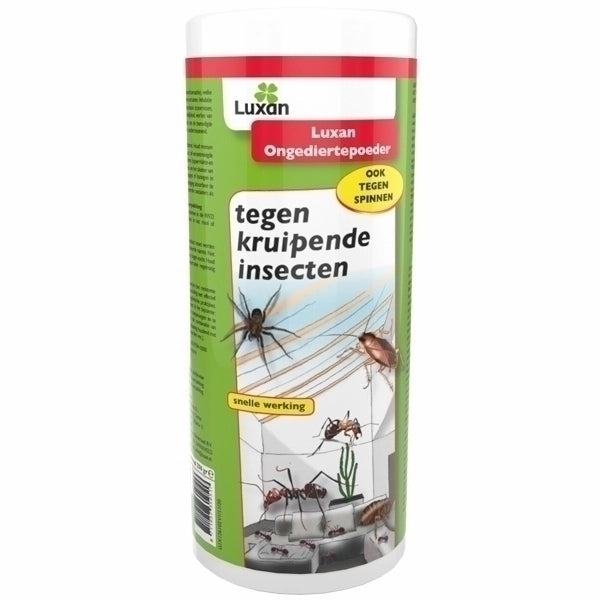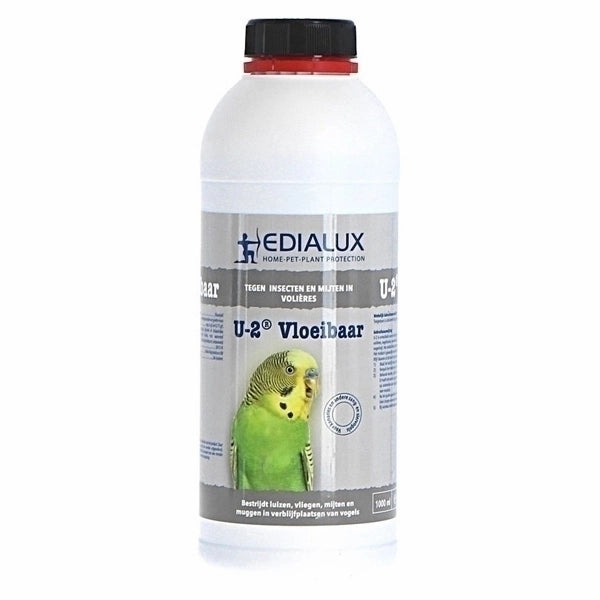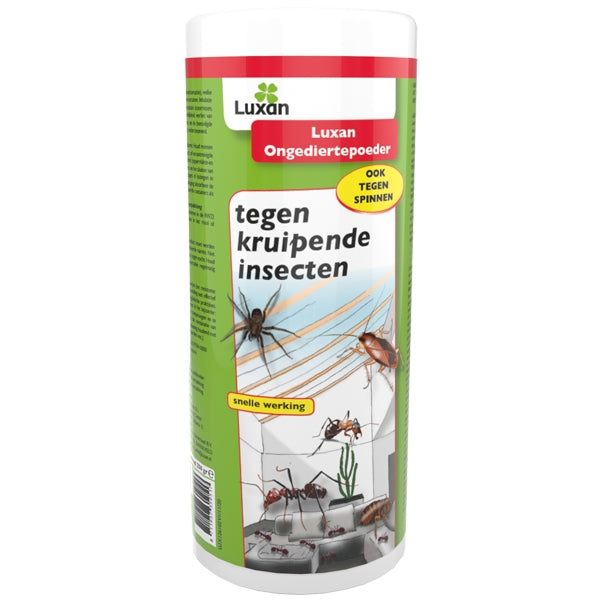Red mite
Red mite
The blood louse is a parasitic insect that feeds on the blood of mammals and birds. These small, wingless creatures are usually found in places with high humidity, such as the feathers of birds or people's clothing. Red mites are usually less than 3 millimeters long and have a reddish brown color. Although they do not carry disease, red mites can cause irritation and inflammation at the site of infestation. In severe cases, blood lice infection can lead to anemia and even death. To prevent contamination, it is important to practice good hygiene and keep clothing and bedding clean. If you suspect you have a red lice infestation, it is important to seek medical treatment as soon as possible. Red lice can only be removed with specific medications prescribed by a doctor. Left untreated, a red mite infestation can pose a serious health risk.
Combat red mites
Of all the parasites that feed on human blood, the red mite is perhaps the most despised. These tiny insects are less than 2 millimeters long, and they are found in every corner of the world. Red mites live their entire lives on human skin, where they feed on blood and cause severe itching. Red mites are not only a nuisance, but can also spread diseases. They carry diseases such as typhoid and relapsing fever, and can transmit these diseases to humans through their bites. It is therefore important to take measures to prevent a blood mites infestation. Regular washing with soap and water can help remove these pests from the skin, and using insecticidal sprays or powders can also be effective in controlling infestations.
Recognizing blood mites
The blood louse is a parasitic insect that feeds on the blood of humans and other warm-blooded animals. Adults are usually 3-5 mm long and have a translucent body with four legs. They are usually found in clothing, bedding, or other fabrics that come into contact with the skin. Red mites live for about 30 days and can lay up to 300 eggs during their lifetime. Although they can cause itching and irritation, red lice are not known to transmit disease. However, heavy infections can lead to secondary infections, especially in children. Treatment usually involves applying a topical insecticide or using a lice comb to remove the insects from the skin. In severe cases, oral antibiotics may be necessary. With prompt treatment, red mite infections are usually not serious.
The best way to combat red mites
Red mites are parasitic insects that feed on the blood of mammals and birds. These lice are most commonly found on humans, although they can also infest other animals such as chickens, rabbits and dogs. Red lice are small, wingless insects about 2-3 mm long. They have a reddish brown color and their body is covered with small spines. Red mites are attracted to parts of the body with little or no hair, such as the armpits, groin and waist. They usually attach themselves to clothing or bedding and then crawl onto the skin to feed. Red mites can cause a number of problems to their hosts, including skin irritation, anemia and even death. To combat these pests, it is important to practice good hygiene and keep your home and belongings clean. You should also check yourself for lice regularly and treat any infestations immediately.


